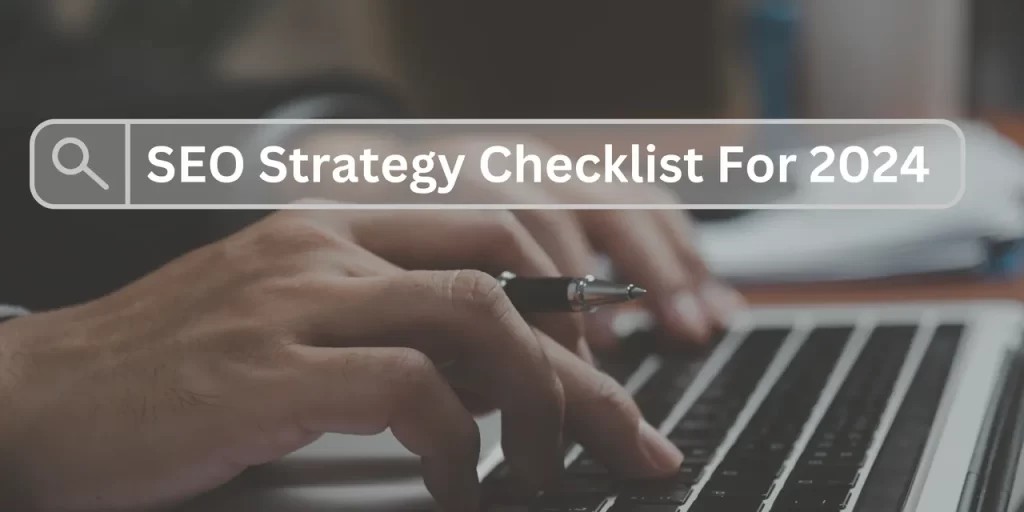As we move forward into the year 2024, the impact of Search Engine Optimization (SEO) cannot be denied in gaining online recognition and increasing natural traffic. To ensure your SEO strategy is effective, let’s delve into a checklist that covers all crucial aspects.
UNDERSTANDING THE ECONOMIC AND INDUSTRY TRENDS:
Understanding the economic and industry trends can provide valuable insights into the market dynamics. Consider the following:
a. Macro-Economic Factors: Keep an eye on global economic trends as they have the potential to greatly influence how consumers behave and their purchasing ability.
b. Industry-Specific Trends: Make sure to keep up with the latest developments in your field. Changes in technology, shifts in consumer behavior, and market trends can all have an impact on your SEO plan.
1. Knowing Your Audience:
To effectively cater to your target audience and optimize your content for search engines, it is crucial to have a thorough understanding of their needs and preferences.
It involves studying how visitors interact with your website. By utilizing tools such as Google Analytics, you can monitor your users’ page visits, duration of time spent on each page, and their actions taken. This valuable data offers insights helping you identify patterns and areas for improvement.
Analyzing search queries and the context in which users find your site can guide your content creation strategy, ensuring it meets the expectations of your audience.
If your target audience is active on various social media platforms, it’s vital to keep a close eye on your engagement metrics. This includes tracking likes, shares, and comments, as these are clear indicators of how your audience is responding to your content. By using social media as a direct channel for interaction with your audience, you can gain valuable insights into their interests and preferences.
2. Competitors Analysis:
Competitor analysis remains a cornerstone of any successful SEO strategy. Reassess your approach by:
a. Identifying Competitors: Ensure you are monitoring the right competitors, keeping an eye on both direct and indirect competitors.
b. Strengths and Weaknesses: Analyze your competitors’ SEO strategies to identify their strengths and weaknesses.
c. Threats: Anticipate potential threats by monitoring changes in competitors’ strategies and industry landscape.
3. Review the Performance from the Last Year:
Identify the keywords that have driven the most organic traffic to your website. Analyze which keywords are performing well and contributing to your overall goals. Conversely, look into keywords that may not be delivering as expected and assess whether adjustments to your strategy are necessary.
Evaluate the performance of your content, considering factors such as page views, time spent on page, and engagement metrics. Identify high-performing pieces of content and understand the characteristics that contribute to their success.
Compare your SEO performance with that of your competitors. Analyze how your site ranks against key competitors for important keywords and identify areas where you can gain a competitive advantage.
4. Tools: When did you review last time of what you’re using?
Keep in mind that the ever-changing world of SEO requires adaptability for success. By regularly reassessing your tools, you can ensure that your strategies stay effective in the face of industry shifts. Always be on the lookout for emerging technologies and trends that have the potential to positively impact your SEO efforts.
Regularly evaluate your budget for SEO tools periodically. Are you getting a positive return on investment (ROI) from your current tools? If there are more cost-effective solutions available or if your needs have changed, it might be time to make necessary adjustments.
Embrace AI Tool: Embrace Artificial Intelligence (AI) tools for various aspects of your SEO strategy. AI can assist in data analysis, content optimization, and predictive analytics. AI-powered tools can analyze large datasets more efficiently than traditional methods, providing valuable insights into user behavior, trends, and keyword opportunities.
5. Teams and Partnerships:
As you embark on creating your SEO strategy, it’s crucial to have a strong team backing you up. This could include your colleagues, outside freelancers, or an agency. It’s important to make sure they are also incorporating the items covered in this checklist. In fact, it should be a regular practice to review these areas at least once a quarter in any agency relationship.
As you strategize for the future, it’s essential to assess the individuals involved and ensure they are well-equipped for their specific roles. It’s vital that everyone is aware of their responsibilities and how they contribute to the overall success of the strategy. Take the time to evaluate and make necessary adjustments as you build towards 2024.
6. Keyword Strategy: Are they still relevant?
Keywords are the foundation of search engine optimization, as they determine how your content is discovered by search engines and, ultimately, by your target audience. A well-crafted keyword strategy is integral to the success of your SEO efforts. It not only helps improve your search engine rankings but also ensures that your content is relevant and valuable.
It is crucial to regularly review and refine your keyword strategy to stay in sync with evolving trends and user behavior.
Consider using keyword research tools to discover high-volume and low-competition keywords that can be incorporated into your content. Understand the intent behind user searches. Users typically have informational, navigational, or transactional intent when conducting a search. Tailor your content to match these intents, ensuring that your pages provide the information or solution users are seeking.
Analyze the keyword strategies of your competitors. Identify the keywords they are targeting and assess their ranking positions. Create a keyword mapping strategy to ensure that each page on your website targets specific keywords. Optimize your content for target keywords. This involves strategically placing keywords in key elements such as titles, headers, meta descriptions, and throughout the content.






